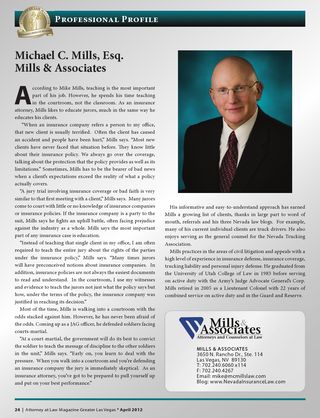In 2010, the Federal Motor Carrier Safety Administration began the phase out of SafeStat and introduced us to CSA 2010, the next generation of motor carrier compliance. CSA 2010’s intent is to reduce commercial motor vehicle (CMV) accidents by increasing regulatory oversight and enforcement. As is always the case, this change means more time and money spent by the Motor Carriers to remain in compliance. Accordingly, here is a quick CSA 2010 overview.
CSA 2010 is not a neatly numbered, stand-alone regulation you can point to in a book. It is better described as a collection of enhanced, broad-spectrum enforcement mechanisms for existing FMCSA regulations. In a nutshell, CSA 2010 sends each and every safety violation through a new and vastly-comprehensive formula and spits out a Safety Rating for a carrier based on the number, severity, and timing of the violation(s).
At CSA’s core is the Safety Measurement System (SMS), a complex scoring system that provides a Safety Rating based on behaviors the FMCSA has identified as being unsafe and conducive to accidents and injuries. It weighs safety violations by time and severity, rating more recent and severe infractions more heavily than minor, remote violations. By assigning a carrier what is essentially a Credit Score, CSA arms compliance officers with a potent arsenal of enforcement options aimed at enhancing the efficiency and effectiveness of FMCSA Regulations through early and meaningful intervention.
CSA 2010 diverges from SafeStat most dramatically by providing a Safety Rating decoupled from Compliance Review, as well as in its application to both drivers and carriers. Contrary to SafeStat, CSA’s SMS is an equal-opportunity rating system that takes aim at both drivers in carriers. Its primary component is the Carrier Safety Measurement System (CSMS) that rates and ranks the carrier’s overall safety performance. A second component is the Driver Safety Management System (DSMS) which examines the safety performance of the individual CMV driver. Unlike SafeStat which only rated carriers based on violations tagged with that carrier’s U.S. DOT number, CSA acts as a double whammy for the carrier, imputing a driver’s safety violation on his employer/carrier. CSA saddles a carrier not only with the safety violations of its current drivers, but for violations of a terminated driver for two years after the violation.
In an ironic twist, CSA has adopted the acronym BASIC to describe the seven Behavior Analysis and Safety Improvement Categories upon which it relies in calculating safety performance. At first blush, the categories appear almost benign as they’re old school regulations. But when cranked through the SMS scoring machine, even minor violations can act to cripple a carrier’s Safety Rating. The categories include unsafe driving, fatigued driving, driving fitness, controlled substances and alcohol, vehicle maintenance, and properly securing cargo, all of which are addressed by 49 CFR Parts 383 and 391 et seq. The seventh category, commonly referred to as the ‘crash indicator,’ reflects CSA’s newfound ability to incorporate all reports of accidents or incidents from any state-reporting agency at the touch of a button. The category addresses whether a history or pattern of high involvement in crashes exists by evaluating the frequency and severity of crashes as well as the number of crashes per mile logged by the carrier.
Though complicated, CSA’s SMS rating system has the potential to be the most effective tool ever at the FMCSA’s disposal to eliminate unsafe carriers and force closer examination of the drivers it puts behind the wheels of its trucks. As with all massive regulatory schemes, CSA has negative implications, one of which is the inevitable affect a carrier’s Safety Rating will have on its insurance rate or its insurability as a whole. This is especially true for smaller trucking companies that are not in a financial position to meet all of the CSA’s benchmarks in a timely manner. These ratings will have a direct effect on insurance rates, if not insurability altogether. Still, if properly utilized by compliance officers, CSA 2010 can achieve the FMCSA’s goal of preventing CMV accidents by identifying unsafe behavior and eliminating it before it results in an accident.
 Follow
Follow Email
Email


